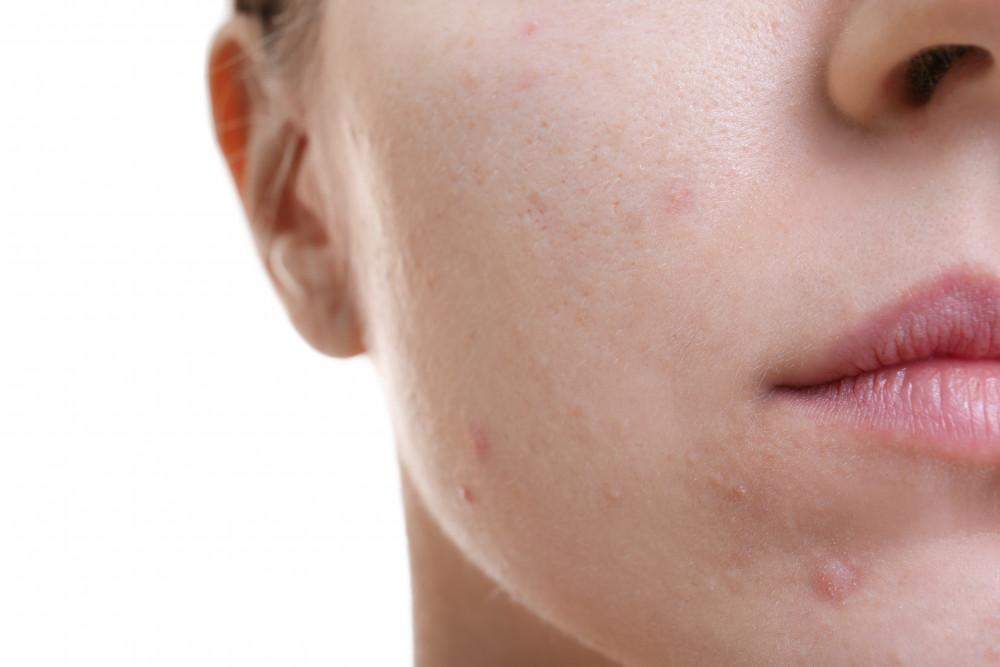Understanding Folliculitis and Keratosis Pilaris: A Beautician's Guide
For many beauticians, skin conditions such as folliculitis and keratosis pilaris present unique challenges. These conditions, though common, can be mystifying to both clients and professionals alike. Understanding these skin issues is crucial for any beautician aiming to provide comprehensive skincare solutions. Not only do these conditions affect the skin's appearance, but they also impact the client's confidence and well-being.
Folliculitis is an inflammation of the hair follicles, often resulting in small, red bumps that can be itchy or painful. It can be caused by bacterial or fungal infections, irritation, or even shaving. Keratosis pilaris, on the other hand, is a genetic condition characterized by rough, bumpy patches on the skin, often referred to as 'chicken skin.'

Recognizing the Symptoms
Understanding the symptoms is the first step in addressing folliculitis and keratosis pilaris. Clients often describe folliculitis as red, pus-filled bumps that resemble acne. These can appear anywhere on the body where hair follicles are present. Affected areas might feel tender or itchy, further complicating the client's comfort.
In contrast, keratosis pilaris is marked by dry, rough patches and tiny bumps, often on the upper arms, thighs, cheeks, or buttocks. These bumps are typically painless, though they may cause itching in some cases. Recognizing these symptoms allows beauticians to recommend appropriate treatments and skincare routines.
Causes and Risk Factors
The causes of folliculitis can vary. Bacterial infections, particularly from Staphylococcus aureus, are common culprits. Other causes include fungal infections, irritation from shaving, or tight clothing that traps sweat and heat. Individuals with weakened immune systems or those who frequently use hot tubs or pools are at higher risk.
Keratosis pilaris is largely hereditary, meaning it often runs in families. It's associated with an excess of keratin, a protein that protects skin from infections. This excess keratin forms a plug that blocks the opening of a hair follicle, resulting in the characteristic bumps. Environmental factors, such as cold weather and dry skin, can exacerbate the condition.
Treatment Options for Beauticians
For folliculitis, treatment often involves addressing the underlying cause. Antibacterial or antifungal cleansers can help manage infections, while soothing lotions can reduce irritation. For persistent cases, dermatologists might prescribe antibiotics or antifungal medications. Beauticians can recommend gentle exfoliating treatments and advise clients to avoid tight clothing and harsh shaving practices.
Managing keratosis pilaris involves moisturizing and exfoliating the skin. Products containing lactic acid, glycolic acid, or urea can help reduce the appearance of bumps. Regularly moisturizing with a thick, non-greasy cream helps keep the skin soft and reduces dryness. Beauticians should guide clients in selecting appropriate products and establish a consistent skincare routine.
Preventative Measures
Prevention plays a crucial role in managing both folliculitis and keratosis pilaris. Advising clients to maintain good hygiene, use non-comedogenic products, and avoid irritating the skin can prevent flare-ups of folliculitis. Encouraging regular moisturizing and gentle exfoliation can help manage keratosis pilaris.
Beauticians can also educate clients about the importance of not picking at their skin, as this can worsen both conditions. Additionally, recommending lifestyle changes such as wearing loose-fitting clothes and maintaining a balanced diet can support skin health.
Conclusion and Further Reading
Understanding folliculitis and keratosis pilaris is essential for beauticians dedicated to providing comprehensive skincare solutions. By recognizing symptoms, identifying causes, and implementing effective treatments, beauticians can greatly improve their clients' skin health and confidence. For more detailed insights, consider exploring resources such as the American Academy of Dermatology or consulting with dermatologists.
For more detailed information on folliculitis and related conditions, you can visit Patient Info. Additionally, explore our internal resources for related topics on hormonal disorders and stress-related conditions.

FAQ Section
What is the main difference between folliculitis and keratosis pilaris?
Folliculitis is primarily an infection or inflammation of hair follicles, often due to bacteria or fungi. Keratosis pilaris, however, is a genetic condition resulting from an excess of keratin that leads to rough, bumpy skin.
Can lifestyle changes help manage these conditions?
Yes, adopting a skincare routine that includes gentle exfoliation and regular moisturizing can help manage both conditions. Wearing loose clothing and maintaining good hygiene are also beneficial.
Are these conditions permanent?
While keratosis pilaris is a chronic condition, it can be managed effectively with proper skincare. Folliculitis can often be treated successfully, though it may recur without preventative measures.

